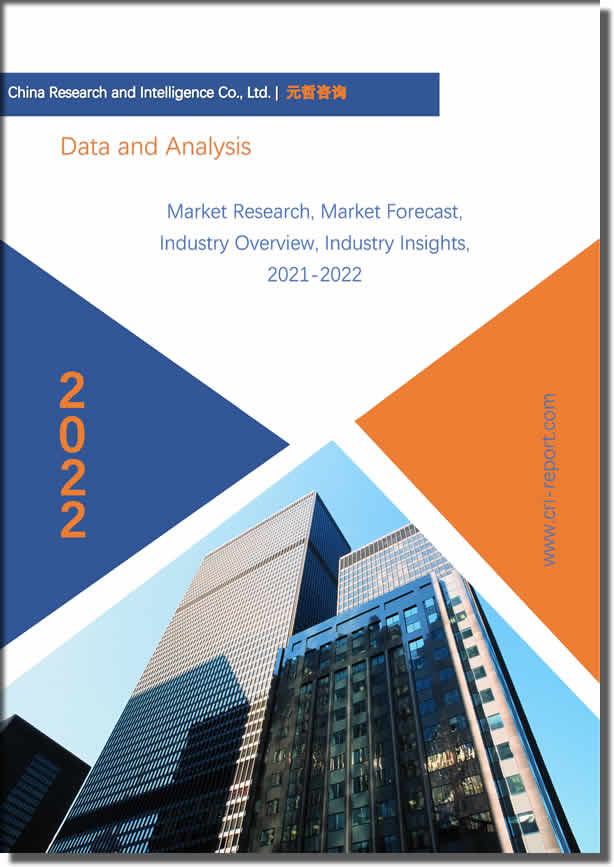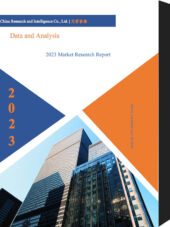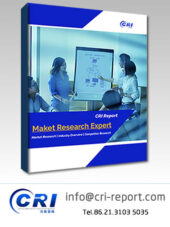Description
Feed Binders Market
Global Feed Binders Market to surpass USD 7.8 billion by 2030 from USD 4.1 billion in 2020 at a CAGR of 3.6 % in the coming years, i.e., 2021-30. The growth of the market will be driven by an increase in food demand due to an increase in animal feed consumption.
Product Overview
Feed binders are used to bind together divergent feed elements and keep a consistent feed form. Feed binders are used for a variety of reasons, including improving feed nutritive value, reducing feed waste, and improving animal digestion. Feed binders yield safe, nutritious products and avoid the decay of feed. Feed binders also contribute to making feed easy to consume and stable water. Feed binders enhance feed development and enhance animal health and performance, which enhances feed quality and feed yield. Feed binders are utilized in different amounts and concentrations depending on the species.
Market Highlights
Global Feed Binders market is expected to project a CAGR of 3.6 % in 2030.
The growing awareness of the advantages of feed binders among manufacturers is expected to boost the market growth in the provision period. Feed binders serve as a substance that can lessen fine soil feed materials’ powdery and powdery nature. In order to lower total operational expenses, feed binders are found to increase the health benefits of feed materials from manufacture up to their consumption, and feed production companies are therefore generally chosen.
Global Feed Binders Market: Segments
Lignosulfonates segment to grow with the highest CAGR during 2020-30
Global Feed Binders market is segmented by type into Lignosulfonates, Plant Gums & Starches, Gelatin & Other Hydrocolloids, Clay, Molasses, and Others. In 2020, The segment of lignosulfonates is anticipated to become the rapidly growing market sector. They are used to ensure structural integrity because of their binding, dispersion, and emulsifying characteristics in the production of feed products. It helps to add more steam than hemicellulose when manufacturing compressed pellets and thus improves overall productivity. In addition, ruminants, especially cattle, sheep, and goats, easily digest these products. Hemicellulose extracts and molasses can improve the stability of the pellets and enhance the cohesion of the internal particle, resulting in considerable demand.
Poultry segment to grow with the highest CAGR during 2020-30
Global Feed Binders is divided by livestock into Poultry, Cattle, Swine, Aquatic Animals, Dogs & Cats, and Others. In 2020, the poultry segment holds the largest share in the feed binders market. Some of the major binders used in poultry feed for high quality and quantities of production are feed binders, such as clay and Lignosulfonate. Globally, total poultry production tends to grow, which is why it became important for meat producers to concentrate on meat quality with this growth in poultry production and consumption. This is intended to drive market growth by supplying poultry with full nutritional feed.
Market Dynamics
Drivers
Tackling world food and agricultural problems
In tackling world food and agriculture problems, the feed industry plays an essential part. Feed producers have become increasingly aware that feeding products must increase their nutritional value to the best of digestibility. The FAO estimates that worldwide production of compound feed is approximately one billion tons annually. The final feed product consisting of several raw materials and additives may be defined as compound feed. The food is supplemented with additives to improve its nutritional value, shelf life, and quality. A very quick rate of growth in the compound feed industry fuels the need to develop new feed additives.
Increased concern of pet owners
Owners of animals continue to be very sensitive and worried about the reliability, safety, and source of the pet food products. The trend in animal husbandry is now also growing. The U.S. has a highest population of livestock, and is one of the world’s largest markets for pet feed, according to Agriculture and Agri-Food Canada in 2020.
Restraint
High cost
Binding agents such as guar gum, maize starch, agar, carrageenan, and gelatin are extremely effective but very costly binding agents for the feed. Farmers use binders with high-cohesive properties to decrease inclusion and cut costs in order to optimize costs of feed ingredients, compound feed mixers, and livestock. Cost-effective binders, like lignosulfonate and clay, are modestly costly and include very little of 0.2% to 0.8%. Feed products are mainly formed and engineered to reduce the overall cost of their presence on the market. Raw material prices can enhance depending on the source, process of extraction, or chance of aviation.
Global Feed Binders Market: Key Players
AVEBE U.A
Company Overview, Business Strategy, Key Product Offerings, Financial Performance, Key Performance Indicators, Risk Analysis, Recent Development, Regional Presence, SWOT Analysis
CP Kelco
Danisco.
Archer Daniels Midland Company
Ingestion Incorporated
Borregaard,
Beneo GmbH
The Roquette Group
FMC Corporation
Uniscope, Inc.
Other Prominent Players
Global Feed Binders Market: Regions
Global Feed Binders market is segmented based on regional analysis into five major regions. These include North America, Latin America, Europe, Asia Pacific, and the Middle East, and Africa. Global Feed Binders in Asia Pacific held the largest market share of XX.X% in the year 2020. Growing meat consumption, coupled with resource and cheap labor, are considered to remain a key driving force for feed-binding market growth in the Asian Pacific region, for example, China, India, and Japan. Due to technological improvement and the above-mentioned factors, China is expected to be the biggest consumer of feed binders in the projected timeframe. Asia Pacific is anticipated to continue to dominate the regional market at the strongest rate of growth as farmers become aware of pelleted feed and support from the government. Countries such as Malaysia and Thailand should also enjoy considerable demand for feedback due to increased demand for aquaculture and demand for fish and fish products in the projected timeframe. In central and South America, Russia in Europe, and Brazil are expected to see significant growth in feed binders due to a reduction in government imports. In-home meat and farmers’ subsidies are also anticipated to accelerate, over the projected period, to be a major market growth element in Russia. Brazil, the world’s largest exporter of poultry meat, is anticipated to see an increase in the demand for food binders to improve the quality of meat.
Global Feed Binders Market is further segmented by region into:
North America Market Size, Share, Trends, Opportunities, Y-o-Y Growth, CAGR – United States and Canada
Latin America Market Size, Share, Trends, Opportunities, Y-o-Y Growth, CAGR – Mexico, Argentina, Brazil, and Rest of Latin America
Europe Market Size, Share, Trends, Opportunities, Y-o-Y Growth, CAGR – United Kingdom, France, Germany, Italy, Spain, Belgium, Hungary, Luxembourg, Netherlands, Poland, NORDIC, Russia, Turkey, and Rest of Europe
Asia Pacific Market Size, Share, Trends, Opportunities, Y-o-Y Growth, CAGR – India, China, South Korea, Japan, Malaysia, Indonesia, New Zealand, Australia, and Rest of APAC
Middle East and Africa Market Size, Share, Trends, Opportunities, Y-o-Y Growth, CAGR – North Africa, Israel, GCC, South Africa, and Rest of MENA
Global Feed Binders Market report also contains analysis on:
Feed Binders Market Segments:
By Livestock
Poultry
Cattle
Swine
Aquatic
Animals
Dogs & Cats
Others
By Type
Lignosulfonates
Plant Gums & Starches
Gelatin & Other Hydrocolloids
Clay
Molasses
Others
Feed Binders Market Dynamics
Feed Binders Market Size
Supply & Demand
Current Trends/Issues/Challenges
Competition & Companies Involved in the Market
Value Chain of the Market
Market Drivers and Restraints
Feed Binders Market
Report Scope and Segmentation
Frequently Asked Questions
How big is the Feed Binders market?
What is the Feed Binders market growth?
Which segment accounted for the largest Feed Binders market share?
Who are the key players in the Feed Binders market?
What are the factors driving the Feed Binders market?




Reviews
There are no reviews yet.